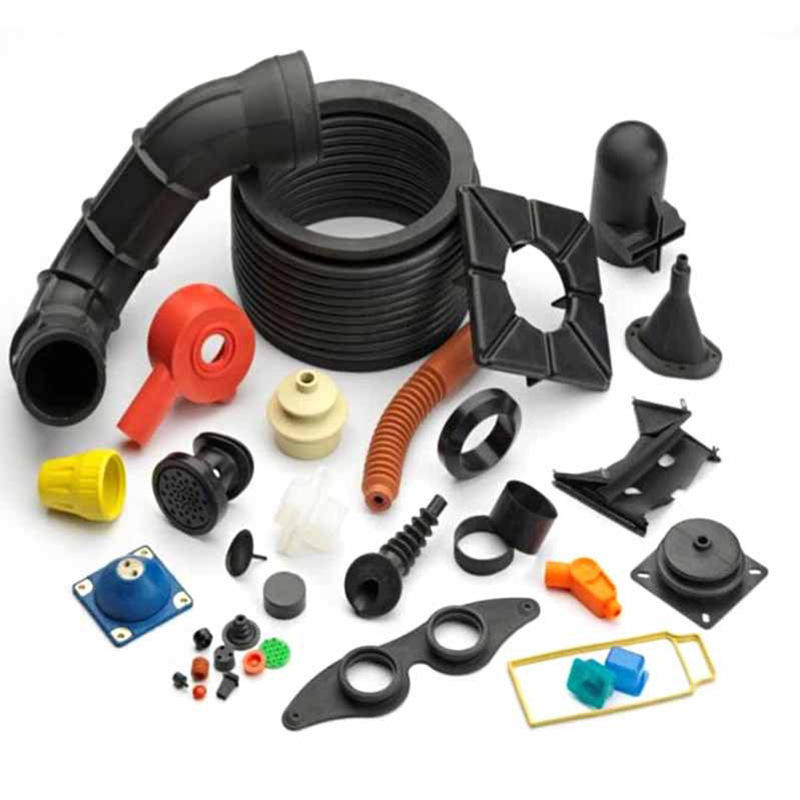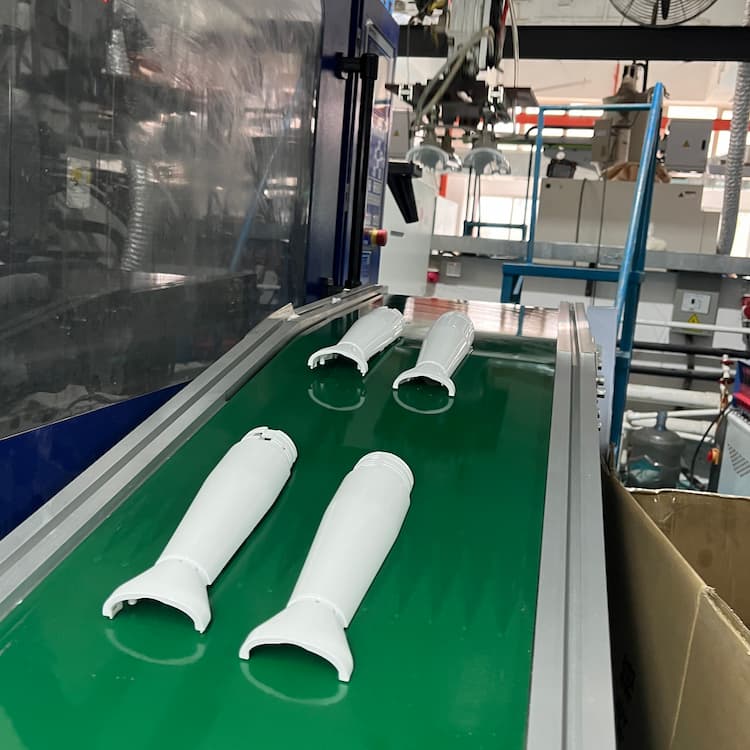I. Introduction
Marine environments are among the harshest for any plastic component. Whether mounted on a boat deck, floating in open water, or submerged for months, these parts must endure relentless exposure to ultraviolet (UV) radiation, saltwater corrosion, mechanical stress, and thermal cycling. Choosing the wrong material or design approach can quickly lead to discoloration, cracking, or even complete failure — especially in long-term applications. ith growing demand for lightweight, corrosion-resistant alternatives to metal, plastics have become indispensable in modern marine products. However, achieving long-term durability and performance isn’t just about picking a strong material — it requires thoughtful coordination between product design, material selection, and injection molding process optimization.
This guide provides a practical roadmap for engineers, designers, and manufacturers aiming to build reliable marine plastic parts. From understanding your application needs and selecting UV- and salt-resistant plastics, to implementing proven injection molding strategies and avoiding common design pitfalls, each section offers hands-on advice rooted in real-world experience. Whether you’re developing a new enclosure for marine electronics, a floatation device, or an overmolded grip for saltwater tools, this article will help you create components that survive — and thrive — in extreme marine environments.


